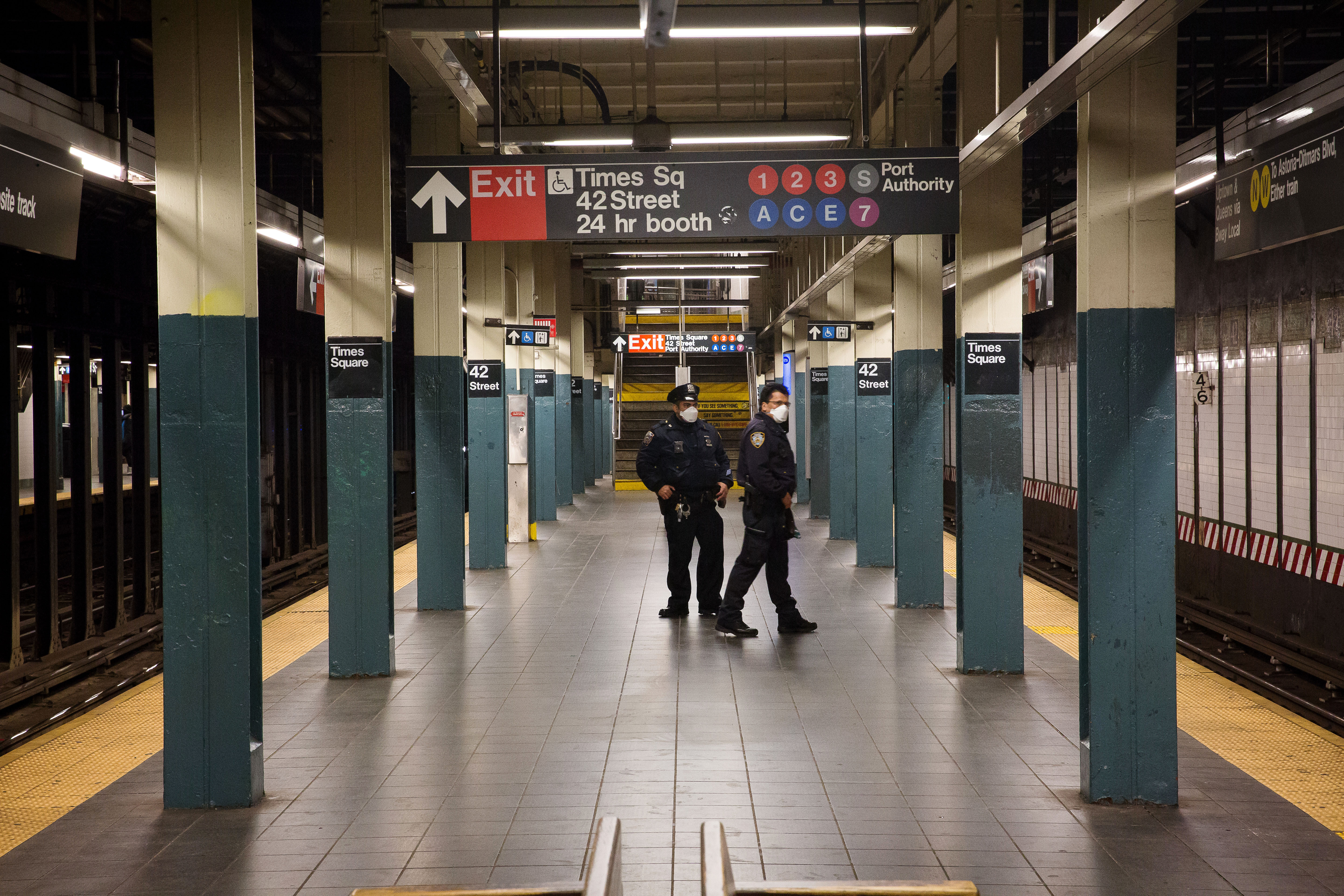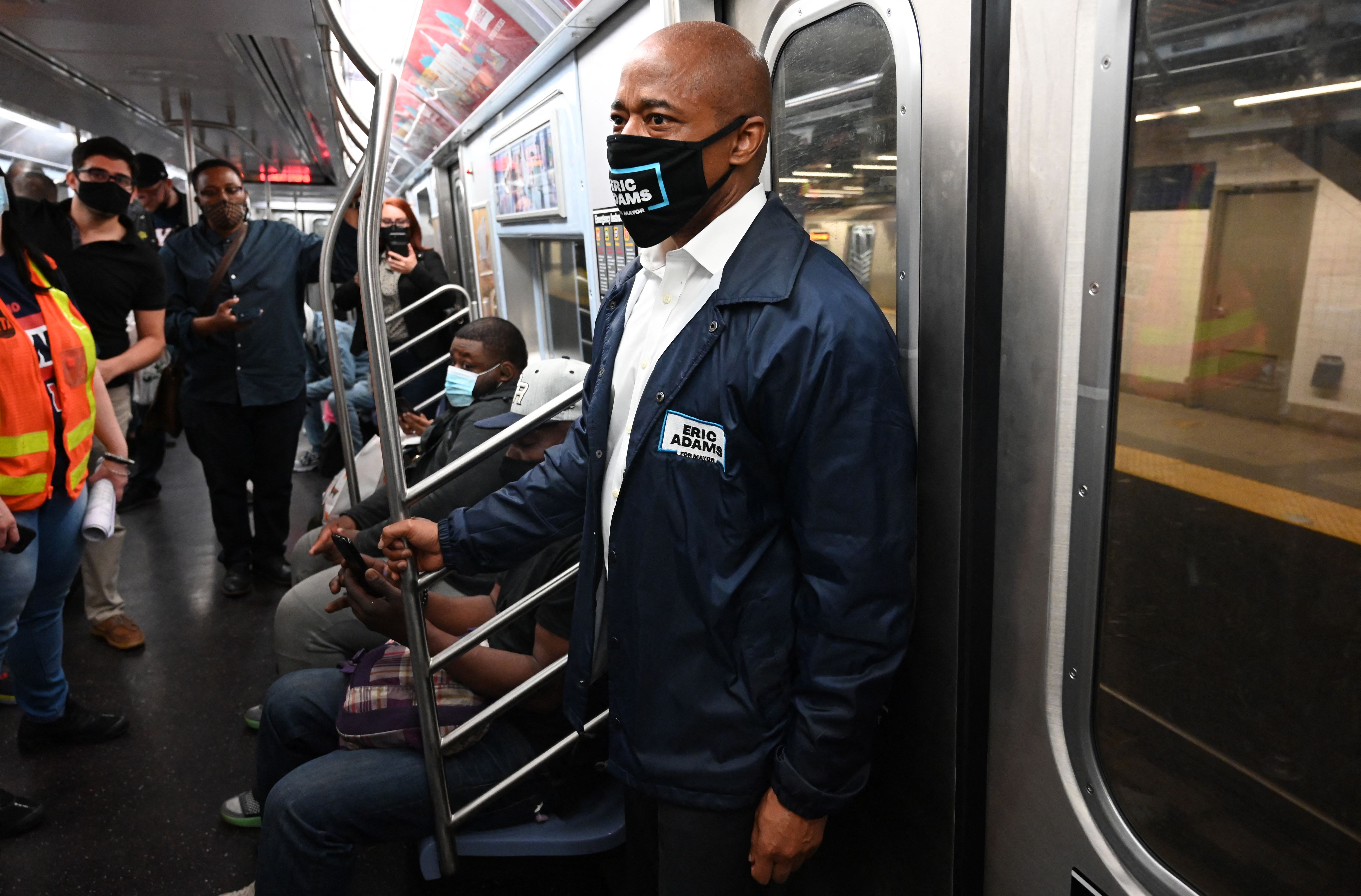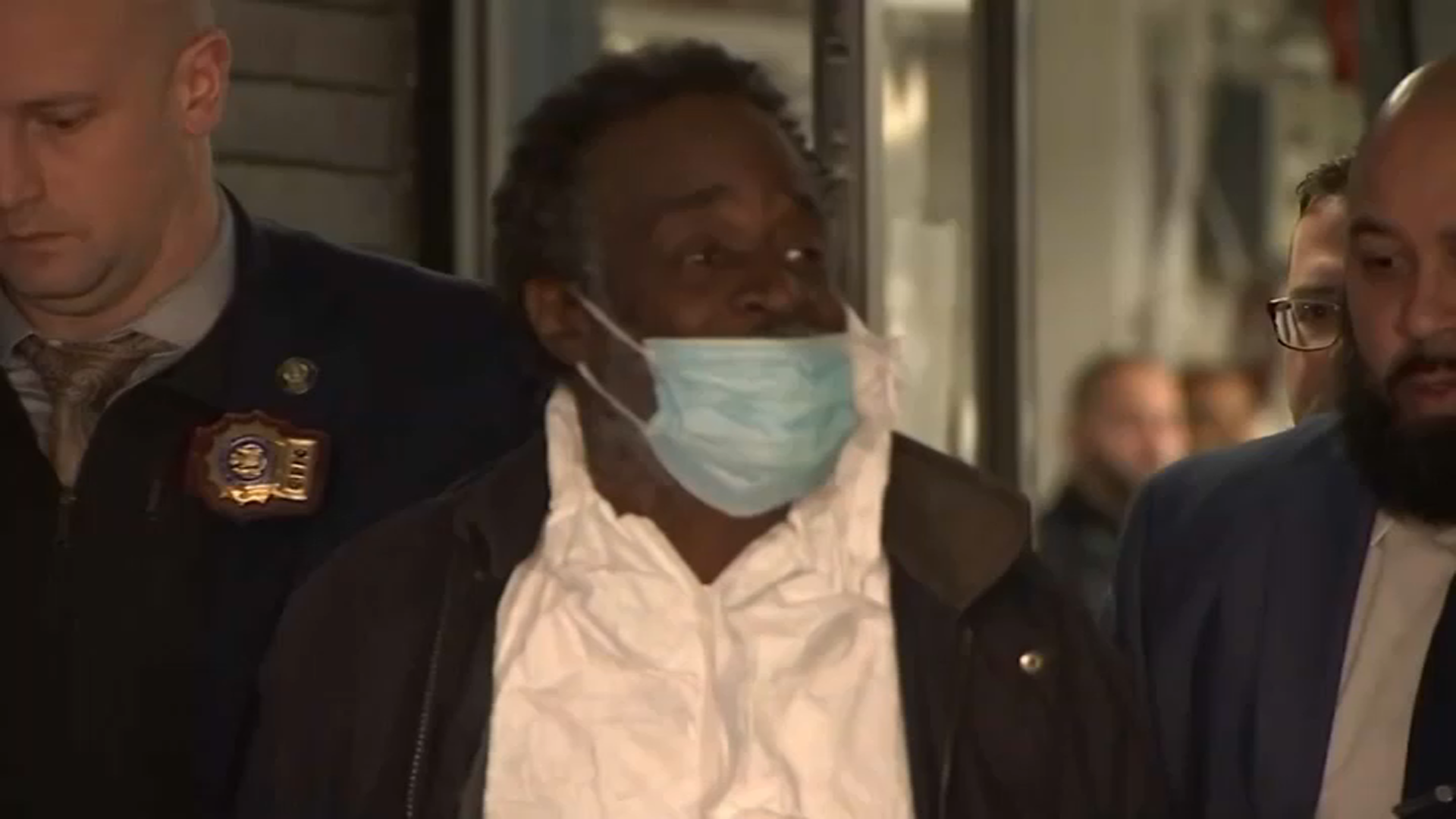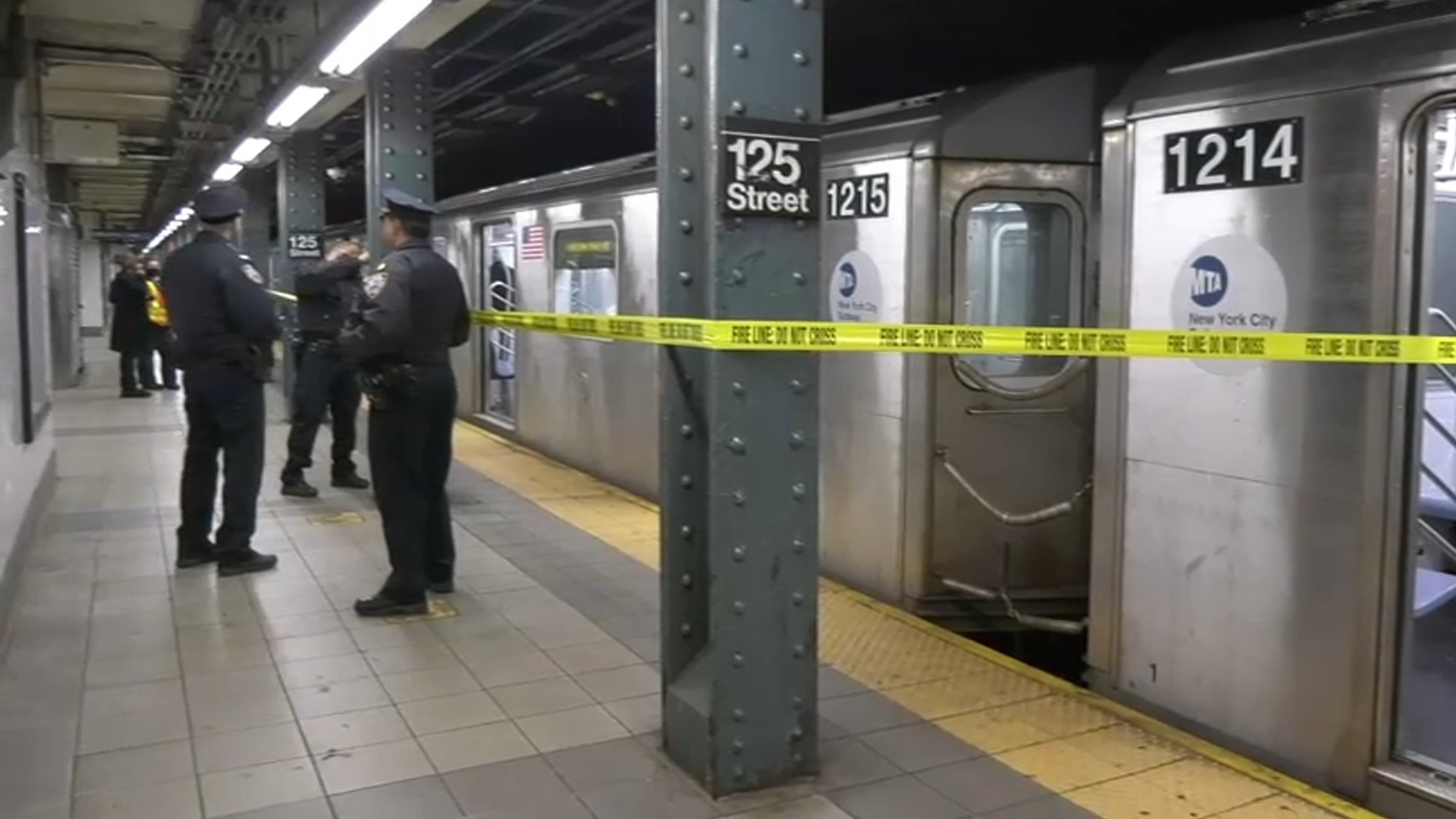Safety advocates say that adding platform barrier doors — seen in transit hubs like London and many U.S. airports — can help save people from ending up on subway tracks, and it’s not a new idea. But the MTA said that the idea wouldn’t work. NBC New York’s Rana Novini reports.
The homeless man accused of shoving a 40-year-old Asian woman into the path of an oncoming subway in Times Square, an apparently unprovoked horror that stirred national outrage, used both hands to push the victim, according to a criminal complaint unveiled at the defendant's arraignment on Wednesday.
Michelle Alyssa Go had been standing on the Q/R platform near 42nd Street and Broadway Saturday morning when the 61-year-old suspect, who police say has a history of mental illness, allegedly put both hands out and pushed her from behind.
Go was hit by the train and then run over, prosecutors said. They add the attack appeared completely unprovoked. The woman was just looking down at her phone at the time the suspect allegedly shoved her, prosecutors said.
Watch NBC 4 free wherever you are
That suspect is Martial Simon. Police initially released his name as Simon Martial but the arraigning judge referred to him as "Mr. Martial" and the defendant's sister indicated that his name was Martial Simon, not the reverse.
Simon fled the scene after the attack but later surrendered to authorities. Prosecutors say he admitted his guilt in three separate conversations with transit officers, detectives and assistant district attorneys with the Manhattan office.
Get Tri-state area news delivered to your inbox with NBC New York's News Headlines newsletter.

Video also placed him at the scene and a witness identified him in a photo array, prosecutors told the judge Wednesday as they asked for remand. Simon has two prior violent felony convictions, an attempted robbery from 1999 and an attempted robbery from 2019. He also has a warrant out for violating his parole, officials said.
Given these factors, prosecutors described remand as the least restrictive alternative to ensure he returns to court for his next hearing. The judge did ultimately remand Simon and ordered him to receive a psychiatric evaluation.
Prosecutors say they are still looking into whether racial bias may have in part motivated the attack, given the surge in crimes against Asian victims in the city earlier in the pandemic. Defense attorney Mitchell Schuman of NYC Defenders said if there's no evidence to indicate that at this point, the record shouldn't reference it.
“With so many unhoused people with unaddressed mental illness walking the streets of our city, it would be a shame if Mr. Simon was sacrificed at the altar of vengeful public opinion instead of seeking a deeper understanding of these complex issues now facing our society,” said Schuman.
Martial is due back in court late next month. He faces a single count of second-degree murder in Go's death. It didn't appear that he entered a plea Wednesday.
Meanwhile, public and official reaction to Go's death has been swift and intense.
More Coverage
The MTA has said the attack shouldn't have happened and called for more police and other resources in the transit system to help address the mentally ill. It addressed Go's killing a day ago during a Q&A session at an unrelated briefing. The agency said its workforce, like many others, has been plagued by COVID-induced staff shortages that have forced service cuts, among other issues.
Whether that factored into the demise of Go or how much may never be known but the MTA's challenges come amid a pandemic that sparked an increase in anti-Asian crimes throughout New York City and, separately, further exposed the crisis of mentally ill and homeless people in the subways, prompting new calls to action.
Mayor Eric Adams, who has vociferously condemned the attack, in his first week in office held a joint news conference with Gov. Kathy Hochul in which both vowed to increase homelessness outreach throughout the city's subway system, addressing a quality-of-life issue core to Adams' push to get workers back to offices in the city.
Alongside that effort, Adams said NYPD cops on patrol would additionally be tasked with going into the subway system and conducting visual inspections to identify potential public safety issues. Homelessness outreach was still to be left to what the new mayor coined as Safe Options and Support (SOS) teams.
Those multidisciplinary teams were to be comprised of eight to 10 professionals with experience ranging from social work to medicine and other related fields. The NYPD also pledged to deploy hundreds more officers to subways, a surge designed potentially to counteract the widespread perception of a crime-riddled transit system and individuals who are experiencing homelessness on the subways.





